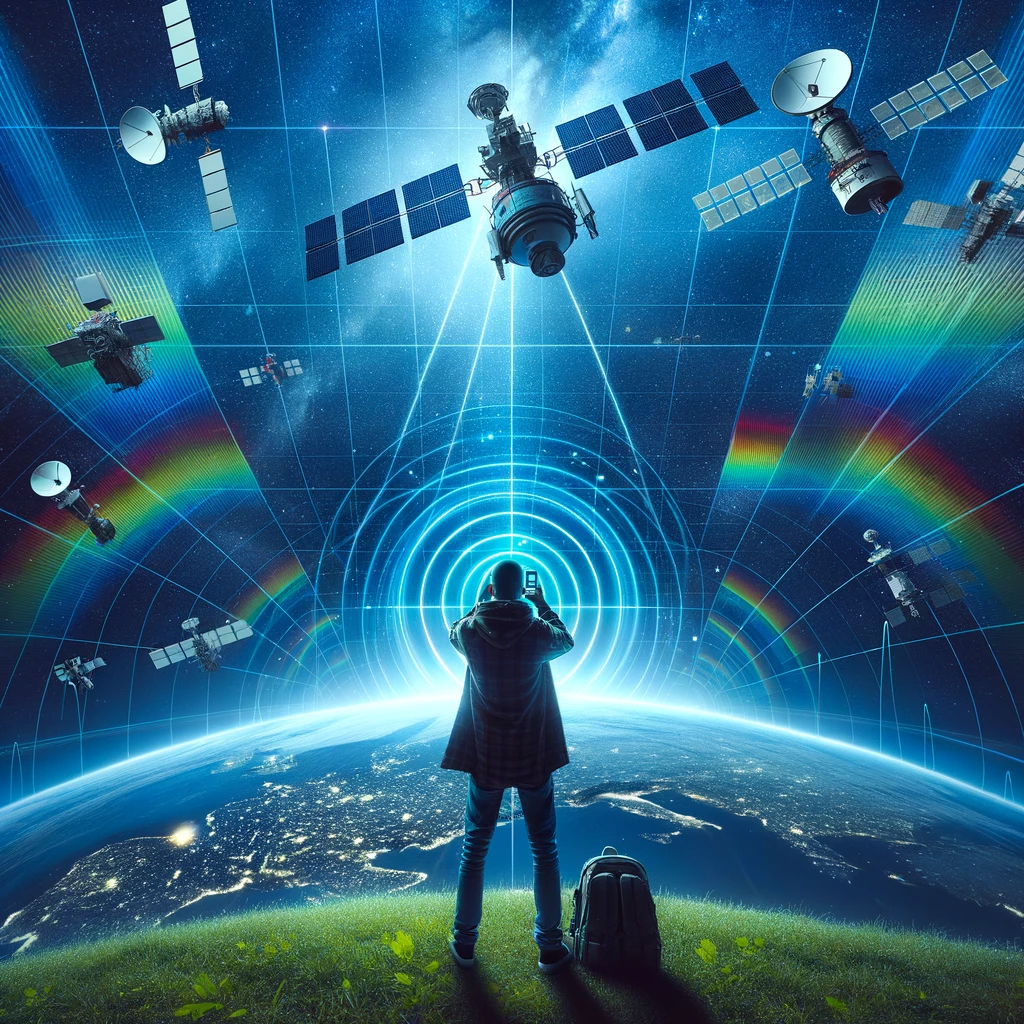I have concerns about the intensity and power of radiation from space-based eNodeB systems like Starlink. Transmitting signals from space through the Earth’s atmosphere presents unique challenges that will require different operational parameters compared to terrestrial cell towers.
Atmospheric Interference and Power Adjustment:
The Earth’s atmosphere can interfere with signals, particularly at certain frequencies. Humidity, rain, and other atmospheric conditions can attenuate or scatter the signals.
To combat this, satellites might need to increase the power of their transmissions to ensure that signals reach the ground with adequate strength. This increase in power could result in higher radiation exposure levels for individuals on the ground.
Dynamic Adjustment of Power:
Compensating for variable atmospheric conditions, like changing water content, in real time would be challenging. While advanced technologies could allow for some degree of dynamic power adjustment based on detected atmospheric conditions, ensuring precise and safe levels at all times is indeed a daunting challenge.
Safety Standards:
The FCC’s current standards on radiation exposure are based on older research, which primarily focused on the thermal effects of radiation. With emerging evidence suggesting that non-thermal effects of radiation might also pose health risks, there’s a need to revisit and possibly revise these standards.
It’s worth noting that while the FCC’s guidelines have been in place for a while, other organizations and countries might have different standards based on more recent research. There’s an ongoing debate in the scientific community about what constitutes “safe” levels of exposure, especially given the potential cumulative effects of multiple RFR sources.
Given these challenges, a comprehensive approach to evaluating and regulating space-based wireless communication systems is essential. This approach should encompass not only the technological aspects but also the potential health implications, especially as newer data emerges about the effects of RFR exposure.
We should be engaging experts in atmospheric science, telecommunications, and health sciences to achieve a holistic understanding and craft effective, safe wireless technology solutions. It seems we are simply fast-tracking it like everything else!
Sincerely,
RF Safe








